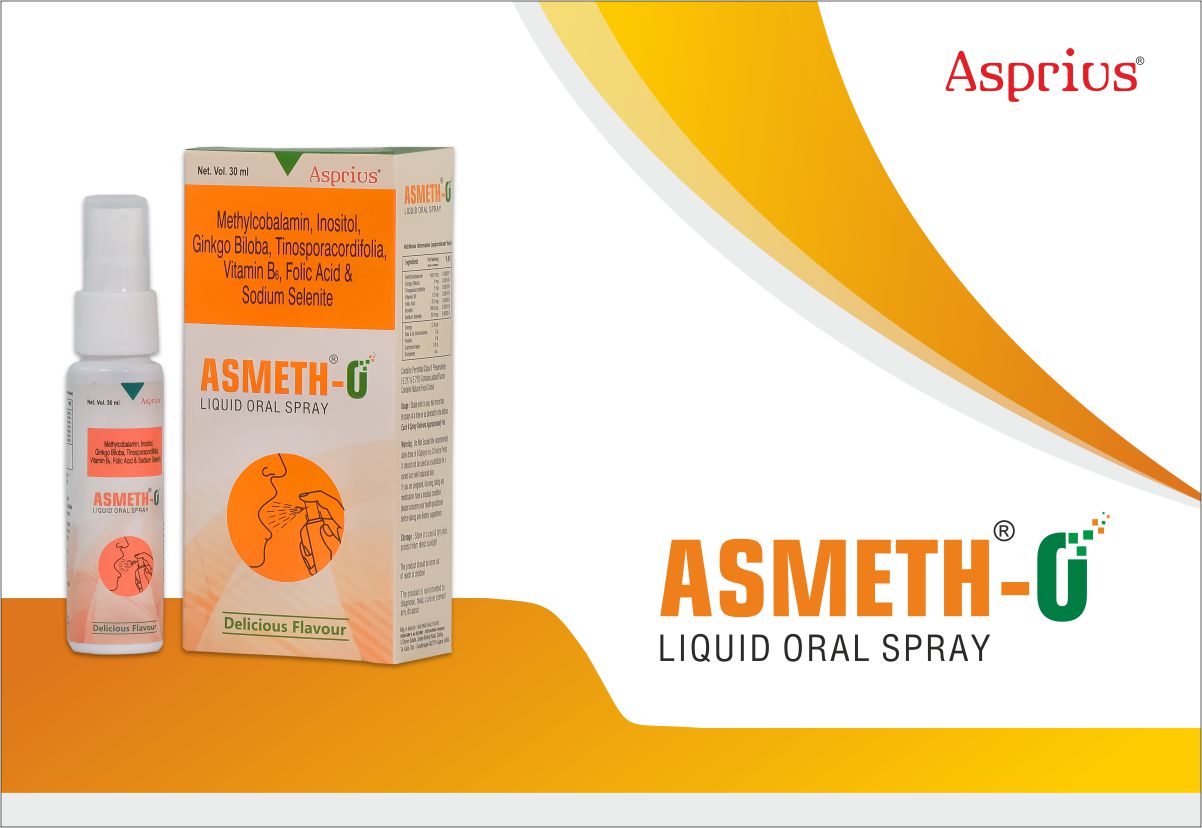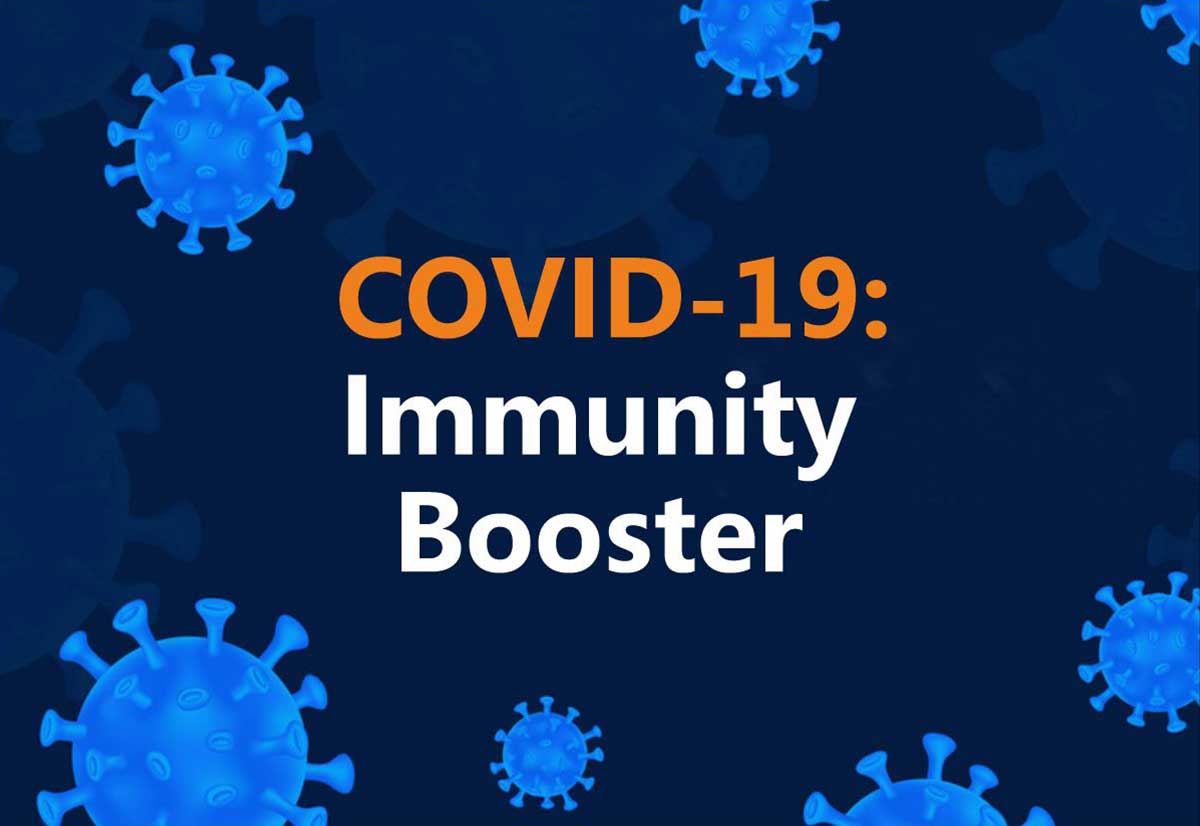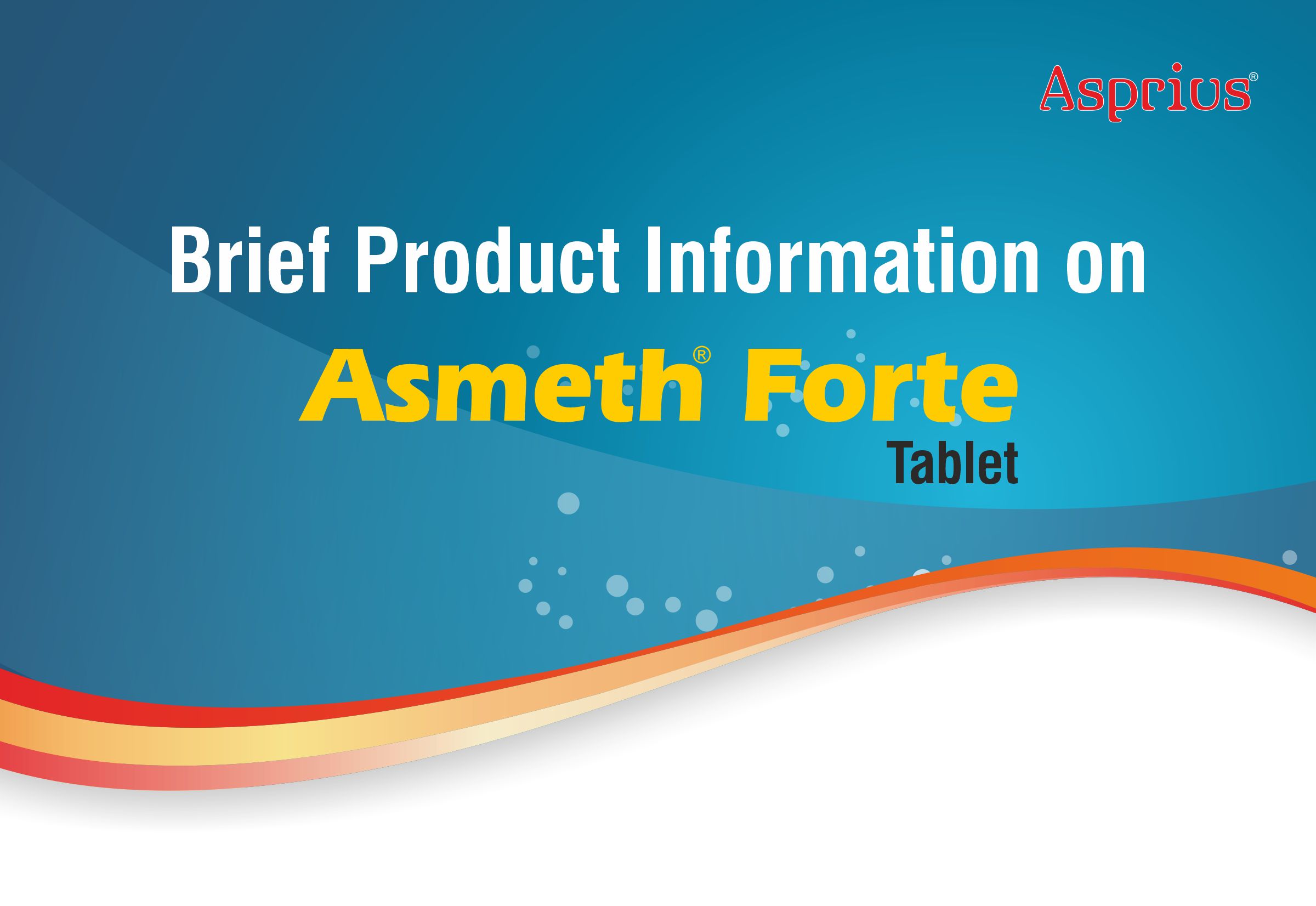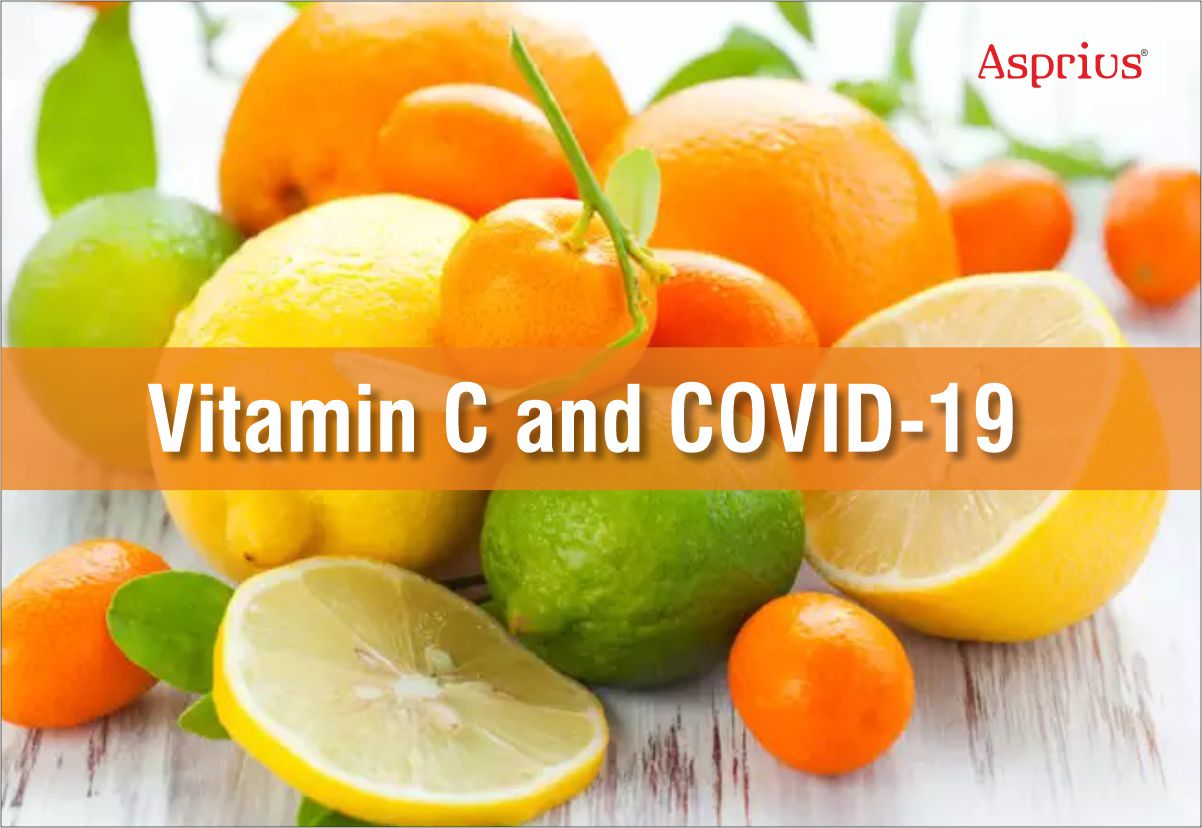
Dr. Sanjay Agrawal
Leading Pharmaceutical consultant and editor-in chief of IJMToday

Methylcobalamin:Vitamin B12 also called cobalamin is largest among all the B complex vitamins. These are the essential vitamins that are not synthesized in body so taken through food mainly through non vegetarian food like fish, meat, egg, dairy products etc. vitamin B12 is one of the important neutraceuticals and mainly used in treatment of various diseases like megaloblastic anaemia, cyanide poisoning, vitamin B12 deficiency and many more. These are water soluble and contain four cobalt centred pyrrole rings. Based on replacement of adenocyl ligand by various groups the cobalamin is of four types such as Cynocobalamin, Hydroxocobalamin, methylcobalamin and adenocylcobalamin. Methylcobalamin or mecobalamin is active form of vitamin B12. It is very important for nerve protection by making myelin sheath, RBC production and DNA synthesis. This is approved drug for treatment of Peripheral neuropathy, Diabetic neuropathy, amyotrophic lateral sclerosis.
- Various Pharmacological Aspects of Methylcobalamin:
- Solubility and half-life:It is reported that methylcobalamine is highly water soluble (50 mg/ml) and less fat soluble hence it is expected to be removed from body readily through urine. It is excreted through urine and bile up to some extent. It shows half-life of 6 days. 300-500 mcg of methylcobalamine is stored in liver for years. Methylcobalamine is only water soluble vitamin that is stored in body for longer time. So in terms of storage length methylcobalamine falls in between water soluble and fat soluble. The reason behind this is, the protein binding of methylcobalamine with Transcobalamin II and Heptocorrin that transport it to the liver and hence it is excreted in bile. Bile is efficiently recycled via enterohepatic circulation so, 95% of bile return to the liver for storage and reuse so methylcobalamine also remain in liver for longer time. Transcobalamin in cells picks free methylcobalamine and transport it to the liver and stored there. If liver cells damages then more methylcobalamine is available in as free form in body. Methylcobalamin is significantly more accumulated in liver and less excreted in urine as compared to Cynocobalamin.
- Absorption:The absorption of methylcobalamin is mediated by various protein transporters through active transport. Wide pool of transporters and endocellular chaperones ensures effective absorption and use of cobalamines. The saturation of the transport proteins limits the absorption. On an average 1.5-2 mcg/dose of methylcobalamine is absorbed through the transport proteins. These protein carriers have high affinity towards the methylcobalamine hence the unnecessary absorption will be avoided. Absorption from food: the absorption of methylconbalamin from food takes place in three steps. In Stomach Methylcobalamin bound to the food protein gets separated in presence of HCl in stomach and then bound to R protein that is low specific. The glycosylated structure of protein protects the methylcobalamine from acidic pH. In duodenum pancreatic protease makes R protein degrade and free up methylcobalamine. This free form of methylcobalamine then bonds with second carrier protein secreted by partial cells that is Intrinsic factor or Transcobalamin II. In Terminal ileum IF-Cbl complex then taken into circulation by receptor mediated endocytosis by Cuban receptors. Similarly absorption of methylcobalamine through oral dosage forms is mediated by transcobalamine II. Since the absorption and retention is limited excess Methylcobalamin excreted.
- Dosage Forms:Methylcobalamine is given in deficiency and other medical conditions like Megaloblastic anaemia, Diabetic neuropathy, and Peripheral neuropathy. It is given in various dosage forms like oral tablets, topical formulations, parenteral preparations etc. primarily oral tablets and intramuscular injections are preferred and among them in severe conditions intramuscular injections are preferred because oral absorption is carrier mediated and cannot give optimal absorption.
- Utility or uses of Methylcobalamine:
- Peripheral Neuropathy- Intramuscular injection of methylcobalamine is very effective in chemotherapy induced peripheral neuropathy. Use of oxiplatin, paclitaxel in cancer treatment can cause pain, numbness and tingling in extremities and slow nerve conduction. Metylcobalamin causes methylation reaction in synthesis of myelin protein which is protective in nerve fibers.
Ii.Diabetic Neuropathy- physiological conditions like diabetes are associated with neurological damage. Methylcobalamine protects nerves from further damage and restores structure and function of nerve fibres. Methylcobalamin can cross BBB and reaches to brain. It helps to repair nerve fibres by nerve protein, form myelin sheath, stimulate regeneration of nerves and restore vital function.
iii. Analgesic- The analgesic effect of methylcobalamine is seen to treat neuralgia, neck pain, low back pain, trigeminal neuralgia, peripheral neuropathy etc. It improves nerve conduction, promote nerve regeneration, and inhibit ectopic spontaneous discharge.
- Hyperhomocysteinemia – mecobalamin lowers the plasma homocysteine level by converting it to methionine and prevent many diseases.
- Pernicious anaemia- it is autoimmune disease caused vitamin B12 deficiency due to decrease in intrinsic factor (Transcobalamin II) production in gastric parietal cells. Parenteral administration of methylcobalamine treats deficiency.
- Other uses: Methylcobalamin is used in very different diseased conditions such as Megaloblastic anaemia and Vitamin B12 Deficiency, Osteoarthritis, Amylotropic lateral sclerosis, Glutamate induced neurotoxicity and it is Effective in cognitive function and Alzheimer disease syndromes
- Various aspects of Homocysteine in our body, Hyperhomocystenemia and Role of Methylcobalamin in Homocysteine metabolism
Homocysteine is an amino acid derivative. It is sulphur containing metabolite of essential amino acid methionine and formed by demethylation. In our body it is present as circulating free thiol, disulphide bound to plasma proteins albumin, dimerized homocysteine or mixed disulphide. Normally 5-15 µmol of Homocysteine per litre of blood is found. It has major role in the pathogenesis of various diseases.




